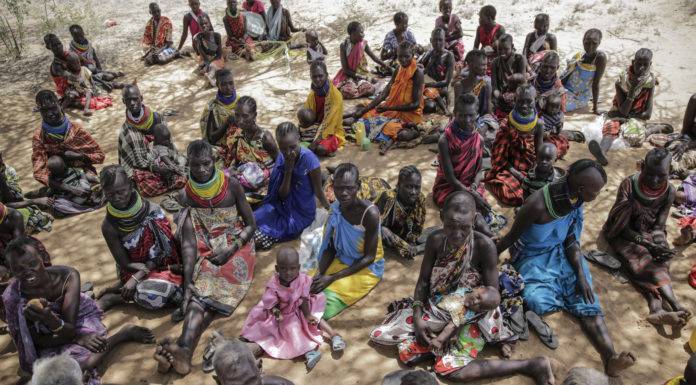(Molly Bruns, Headline USA) The United Nations announced World Population Day on Tuesday with the publication of an alarming new report, which predicted that the Earth’s population would hit 9.7 billion by 2050 and 10 billion by the year 3000—pushing the climate to its breaking point.
Even more concerning may be its proposed solutions—which appeared to advocate for the redoubling efforts to depopulate Western civilizations through radical leftist ideologies and practicies, while promoting the import of African labor and the assimilation of Third-World cultures to take their place.
According to Breitbart, the UN argued that the rising populations of India and several regions in Africa may develop larger carbon footprints as their populations continue to rise.
Despite policies like the Paris Climate Accord that force Western nations to pay de-facto environmental reparations to developing nations, expanded energy consumption in previously underpopulated regions may soon overwhelm globalist climate initiatives, the UN warned.
Raya Muttarack, professor of of demography at Italy’s University of Bologna, noted that African emissions currently remain on the lower end.
“What’s really interesting is that the lowest-income group in the US still emits carbon more than the highest-income group in Africa,” she said.
The UN report added that Americans should aspire to carbon emissions as low as those in sub-Saharan Africa.
Population experts also explained that newfound Western ideals, such as feminism and radical gender theory, could stymie the increasing population size of many African countries.
Critics have cautioned that recent depopulationist efforts such as the movement to chemically castrate and mutilate children, as well as the use of vaccines to sterilize vast swaths of the population, may have unintended consequences.
Nonetheless, some UN officials recommended bringing portions of the exploding Third-World populations to Europe and the Americas in order to “westernize” them and to compensate for the labor shortages as the number of young Westerners begins to dwindle.
Although the report claimed that many of the imported workers would likely adopt Western ideals, such as the importance of gender equality in the workplace, it is also probable they would adopt expanded carbon footprints.
Africa seemed open to the prospect of assimilation and indoctrination by globalist elites. However, India—which was occupied by a long progression of European nations from 1434 to 1947—was much less receptive.
The Asian nation has developed rapidly in previous years, but it has been able to secure the necessary energy to give its people increased resources and higher living standards. India’s quality of life continues to improve even as its birth rate continues to grow.
Africa also faced a unique situation, as their young, burgeoning population may allow the continent to fill a void: “70% of Africans are under the age of 30, and this is happening while many of the developed world, the developed nations, are experiencing a rapidly aging population,” observed Tighisti Amare, deputy director of Africa Program Chatham House.
It is unclear how much the United Nations will let underdeveloped countries grow as they attempt to exert global control under the guise of fighting climate change.

